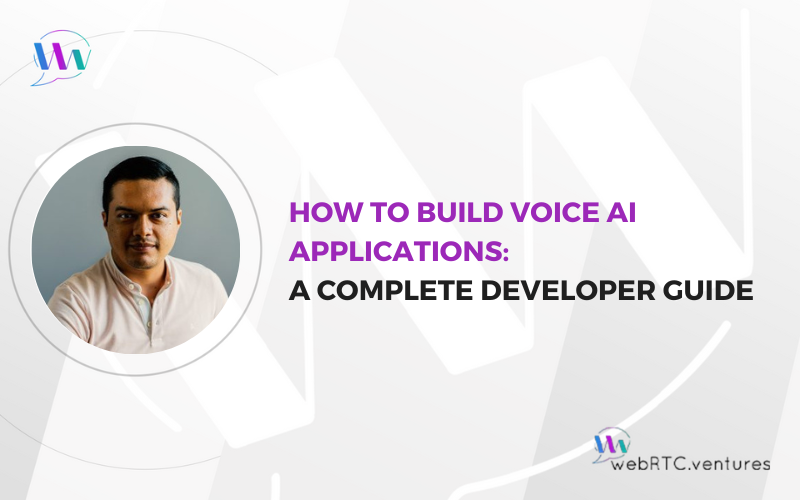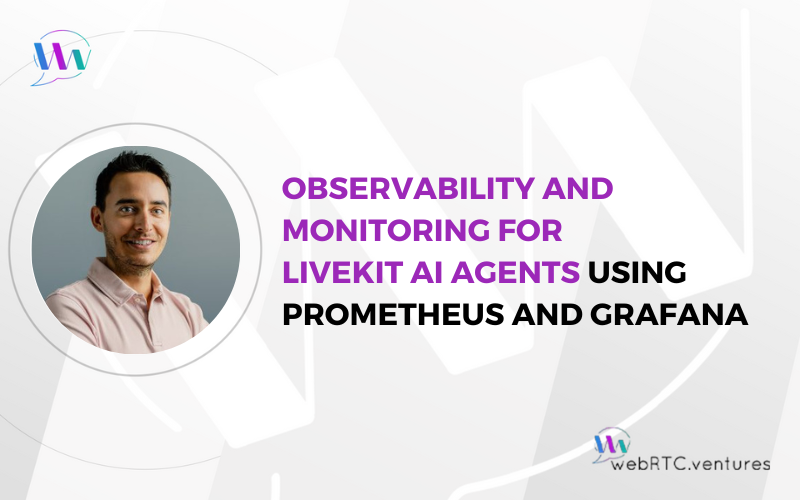
When Sam Altman called GPT‑5 “a PhD in every discipline in your pocket,” it captured the awe surrounding modern large language models. As builders, we should be thrilled. This is an extraordinary leap in what’s technically possible. But here’s my unpopular opinion: just because we can use

Voice AI applications are changing how businesses handle customer interactions and how users navigate digital interfaces. These systems process spoken requests, understand natural language, and respond with generated audio in real time. Building a voice AI application requires understanding speech processing, language models, and real-time communication infrastructure.

In a previous post, Reducing Voice Agent Latency with Parallel SLMs and LLMs, we showed how to reduce response times and create more natural conversational experiences using the LiveKit Agents framework. But optimization is only half the equation. Once your voice agents are deployed and handling real

Ensuring optimal Voice AI agent performance is a critical challenge for businesses deploying conversational AI. Poor voice bot interactions can lead to customer frustration, increased support costs, and lost revenue opportunities. From refining bot behavior to perfecting speech recognition and ensuring relevant responses, the journey to continuous






